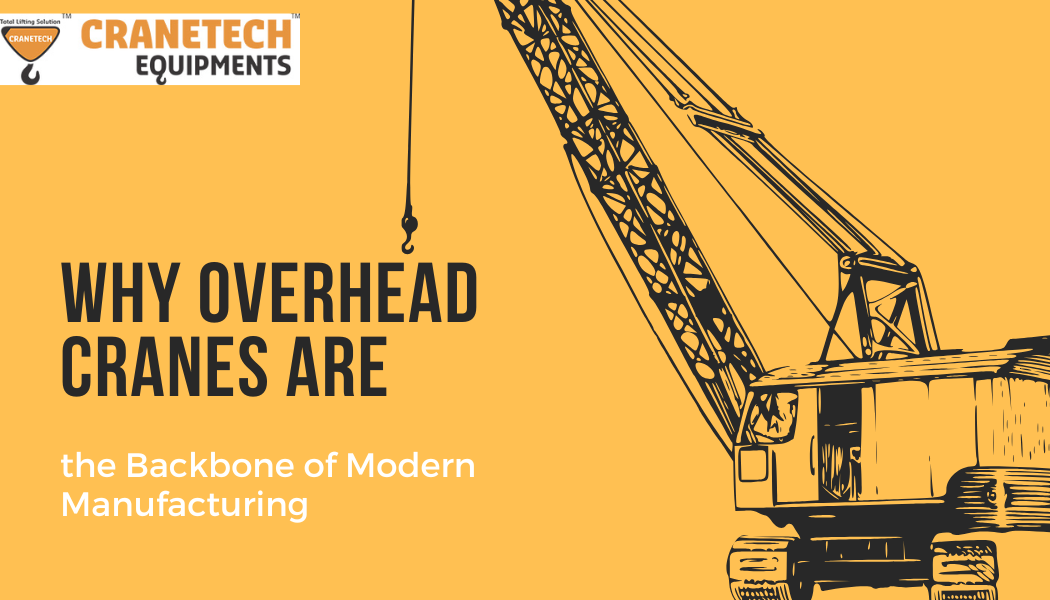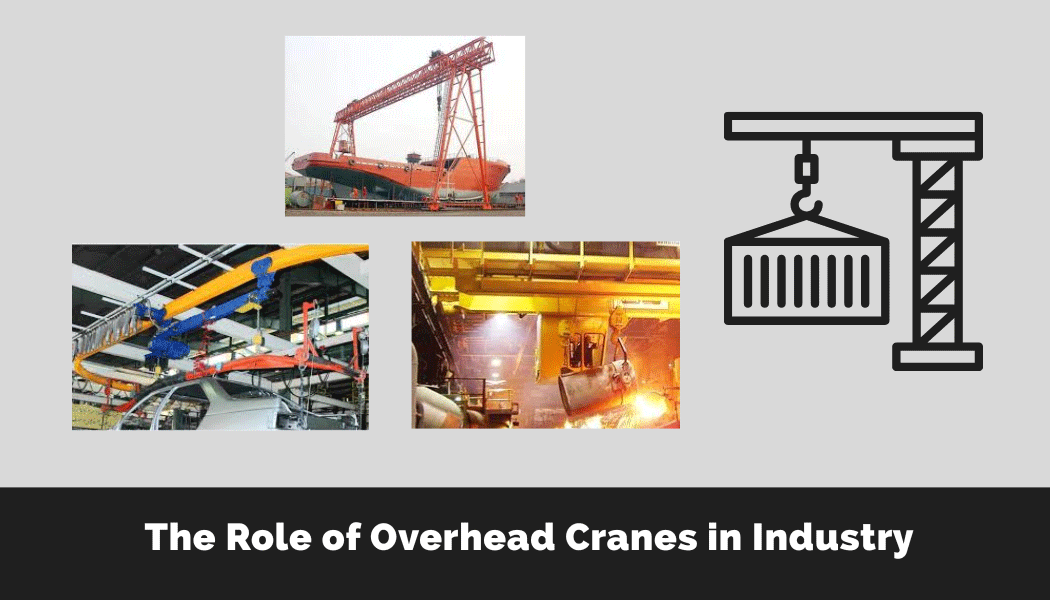
By admin / 25 July 2025
- Cranetech EquipmentsIn the dynamic world of manufacturing, efficiency, safety, and precision are paramount. Every step in the production process must be streamlined to maintain competitiveness and meet customer demands. Amid all the advanced machinery and robotic systems, one unsung hero consistently plays a vital role in keeping operations running smoothly — the overhead crane.
Overhead cranes are essential lifting devices that allow factories and warehouses to move heavy materials and products safely and efficiently. These cranes may not be the flashiest part of a manufacturing facility, but they are undoubtedly one of the most important. Let’s explore why overhead cranes are truly the backbone of modern manufacturing.
An overhead crane, sometimes called a bridge crane, consists of parallel runways with a traveling bridge spanning the gap. A hoist or lifting device travels along the bridge, allowing materials to be moved both horizontally and vertically within a designated workspace. These cranes are typically mounted on the ceiling or elevated rails to maximize floor space and improve workflow.
Overhead cranes come in various types, including single girder, double girder, gantry, and workstation cranes — each designed to fit specific lifting needs and facility layouts.
Overhead cranes, often called bridge cranes, consist of parallel runways with a traveling bridge spanning the gap. They’re typically mounted above the shop floor and used to move materials across vast distances—horizontally and vertically—within a factory or warehouse.

They're indispensable in industries such as:
Overhead cranes offer a wide range of advantages that make them indispensable in today’s industrial and manufacturing environments. From increased efficiency to enhanced safety, these systems provide significant improvements over traditional material handling methods.